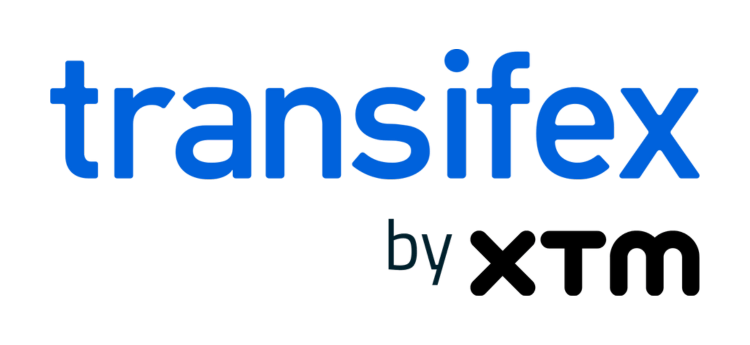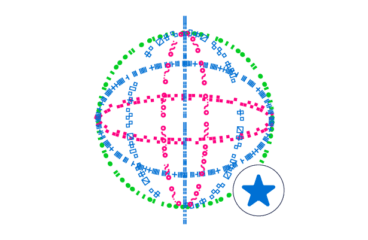
3 Ways to Translate Your Website Content
Understanding that localization is a vital component for driving sales from new international markets is the first step towards executing your company’s global growth strategy. This is typically followed by making the decision to invest in localization to translate your website content and expand your reach. But now that you’ve committed to building a global presence for your brand, what’s next?
Businesses launching in new international markets must decide exactly how they plan to translate all of their website content, files, and digital assets. When it comes to methods and technology, there is a range of options available to you for translating your content. Depending on your specific business needs, different methods may help you optimize your localization efforts.
Whether you are just beginning the search for the best localization technology for your translation needs or you are trying to see if there are options better than your current solution…, we’ve put together a list to help you better understand your options when it comes to translation management systems. Read on for the three main ways that companies across the world are translating their content and the pros and cons of each.
1. Machine Translation (MT)
Pro: Low cost. Machine Translation is a tool that translates your content at scale using “machines” like Google Translate. Machine Translation is often a feature that is integrated into localization platforms and is typically used by companies to lower the cost of translations.
Con: Inaccurate and off-brand translations. While using MT will result in faster delivery of translated content and up-front cost savings, it can result in long-term damage that goes far beyond monetary costs. This is because MT cannot pick up on cultural nuances in language and cannot understand contextual clues in content. As a result, these types of translations are not only prone to grammatical errors but also may even be offensive to the local audience, both of which can make a company look unprofessional and damage customer relations. Translations produced using MT are also word-for-word, which can dilute marketing and brand messages. Industry experts often recommend against using Machine Translation for customer-facing content whenever possible.
2. Crowdsourcing
Pro: Cost-effective and accurate. Crowdsourcing is a popular option used by businesses to localize, as it engages and leverages active users to help provide translations for website and app content as needed.
Con: Inefficient and inconsistent quality. While this method may keep costs low, it can be inefficient given the time it takes to manage the dozens, hundreds, or even thousands of community members translating. Quality can also suffer since many contributors lack the expertise needed to create high-quality translations. Additionally, companies using crowdsourcing may find that the tone and style of their content are inconsistent due to the large number of individuals working on the project.
3. Translation Agencies
Pro: High-quality translations. Translation agencies employ professional translators who typically hold a degree in translation studies, linguistics, or a similar field and have the expertise to provide high-quality translations. These agencies often provide professional review and project management support in addition to ancillary services like international keyword expertise that can further enhance project quality.
Con: Expensive and requires extensive vetting. Before selecting an agency to work with, it’s essential to examine their areas of expertise to ensure they align with your translation and localization goals. It is also critical to determine whether they have the ability and proficiency in working with a technology solution, as you will likely be investing in a translation management system (TMS) as you scale your global efforts. To ensure you select the right translation agency, you want a partner that complements the benefits of a TMS and elevates the localization process rather than working against it.
The Best of All Worlds: Translation Management Technology
Regardless of which translation method a business chooses, the most comprehensive option for managing translation resources is a flexible translation platform, which enterprise companies often choose for their security, quality, and ongoing support. With a translation platform, businesses can not only translate content, they can manage content, interact with translators, and automate the localization process.
Businesses that adopt a TMS gain access to the technology and tools needed to maintain agile development speed. This ensures that adapted or localized versions of a website or product can launch as soon as updates are made to the source content. Unlike traditional translation workflows that rely heavily on error-prone manual processes, an automated translation process is efficient, maximizes available resources, and can be easily scaled to accommodate new languages as organizations expand into additional markets.
Explore the Full #WhyTranslate and #InvestingInTMS Series
This post is part of the #WhyTranslate and #InvestinginTMS series, built for you to equip with the fundamental localization knowledge that will help you evaluate and choose the right localization solution and Translation Management System for your company
Explore the full series to catch up on other posts and learn everything you need to know for translation success:
- 3 Big Reasons to Start Localizing Your Content
- How Localization & Translation Management Works
- The 3 Ways to Translate Your Content
- 5 Features Every TMS Should Have
- The 6 Biggest Challenges of Localization
- 5 Must-Ask Questions When Evaluating Localization Platforms
The Future of Translation Management
Once upon a time, if a company wanted to expand internationally, the translation process involved spreadsheets and long email chains. Content owners would email spreadsheets to a localization manager, who would, in turn, email them to translation vendors. This was the traditional localization process, which would take more than 6 months just to add one new language. What’s worse, it is expensive, prone to human error, and not scalable. Now with the help of translation management technology, leading companies are better able to streamline and automate their workflows.
To help you find a translation management solution that is right for you, we’ve put together a guide. Download our translation management guide to learn how you can find the best translation technology for your global expansion efforts.








